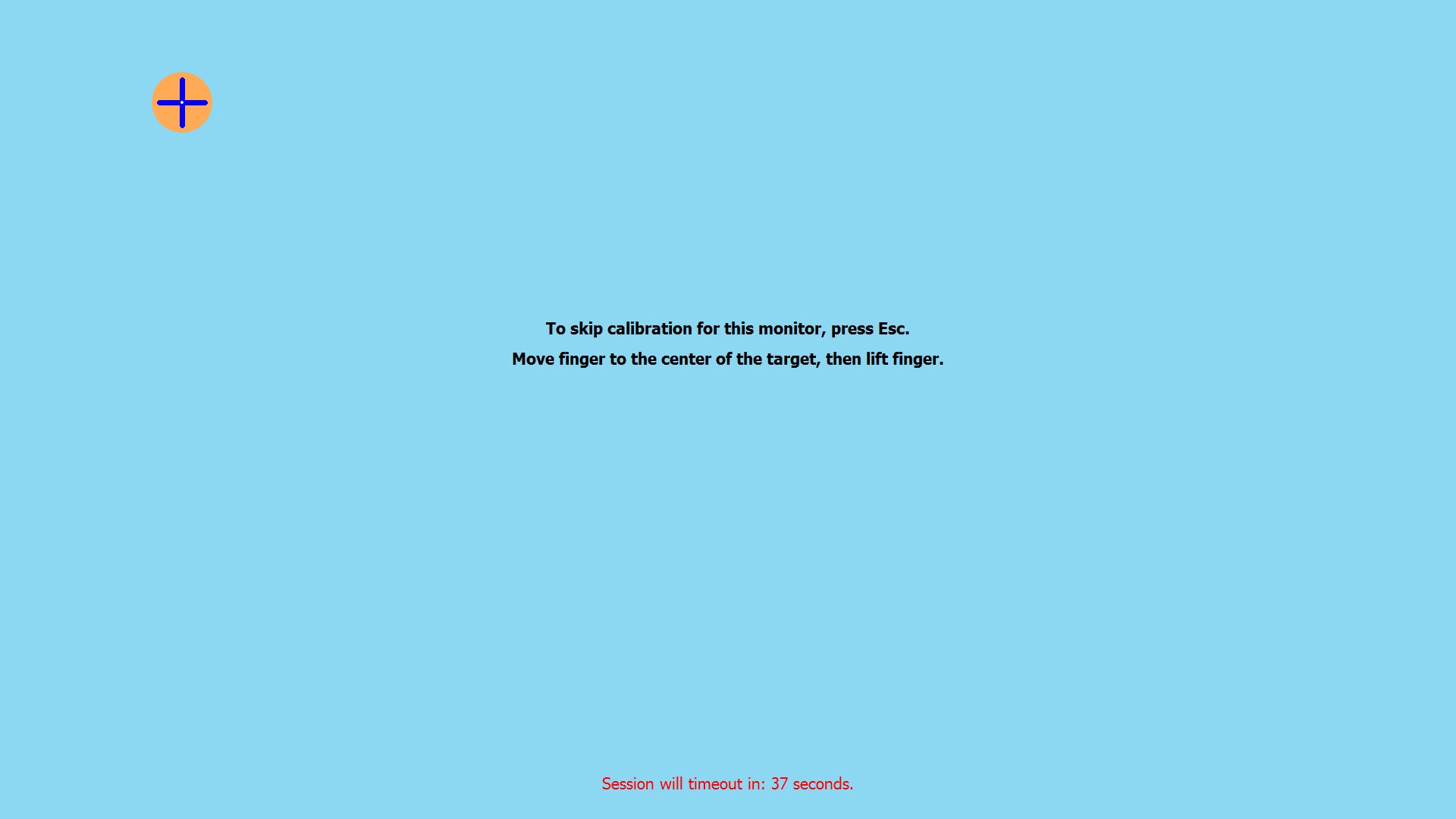

In Proceedings of the 12th IEEE Workshop on Robot and Human Interactive Communication (RO-MAN 2003), Millbrae, CA. Matching robot appearance and behavior to tasks to improve human-robot cooperation. The Ecological Approach to Visual Perception. A survey of socially interactive robots: Concepts, design and applications: Technical Report CMU-RI-TR-02-29, Carnegie Mellon University Robotics Institute, Pittsburgh, PA. Cognitive Systems Research, 3:397–428.įong, T., Nourbakhsh, I., and Dautenhahn, K.

From embodied to socially embedded agents-implications for interaction-aware robots. 1562.ĭautenhahn, K., Ogden, B., and Quick, T. Nehaniv (ed.), Computation for Metaphors, Analogy and Agents, of Springer Lecture Notes in Artificial Intelligence. The Cog Project: Building a humanoid robot. Adaptive Behavior, 8.īrooks, R., Breazeal, C., Marjanovic, M., Scassellati, B., and Williamson, M. Infant-like social interactions between a robot and a human caretaker. Cambridge University Press.īreazeal (Ferrell), C.

Observing Interaction: An Introduction to Sequential Analysis, 2nd ed. Finally, we discuss the implications of this design approach for effective and compelling human-robot interaction, considering its relationship to concepts such as dependency, mixed initiative, and socially distributed cognition.īakeman, R. Furthermore, we found that different social uses of the physical space had an effect on the nature of the interaction. Our results suggest we were successful in promoting a form of social interaction that allowed people to help the robot achieve its goal. We then discuss our observations and analyses of GRACE's performance as a situated interaction with conference participants. We describe the task of social tag and its implementation on the robot GRACE for the AAAI 2005 Mobile Robot Competition & Exhibition. Socially distributed perception is defined as a robot's ability to augment its limited sensory capacities through social interaction. This paper presents a robot search task ( social tag) that uses social interaction, in the form of asking for help, as an integral component of task completion.


 0 kommentar(er)
0 kommentar(er)
